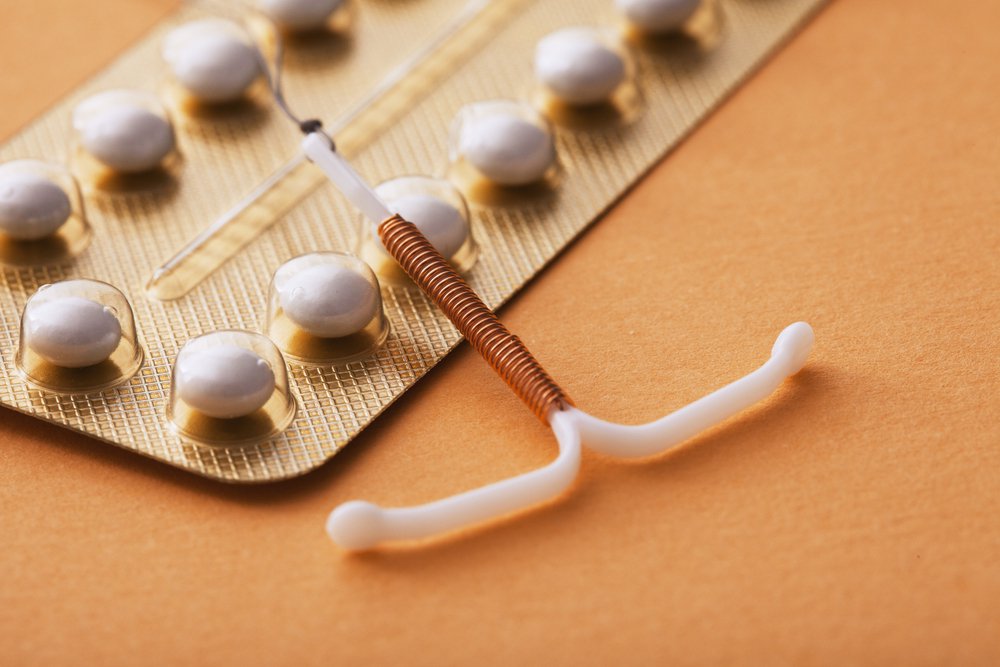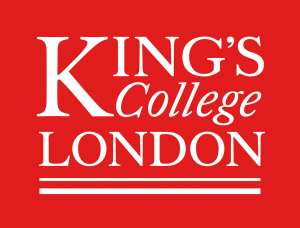Today, 830 women will die as a result of complications in pregnancy and childbirth (1). This figure is symptomatic of global inequalities with 99% of all maternal deaths occurring in low resource settings. The lifetime risk of maternal death is 1 in 36 in Sub-Saharan Africa, a stark contrast to the 1 in 5800 lifetime risk in the UK (2). Global health inequalities is one of the central themes covered in the Public Health MSc, particularly in the Global Health module.

Types of contraception.
Most maternal deaths are entirely preventable. We have the solutions to avoid or deal with pregnancy and childbirth complications including antenatal care, skilled attendance during childbirth and care and support in the weeks after childbirth. A substantial proportion of maternal deaths are a consequence of the 25 million unsafe abortions occurring every year (3, 4). These could be prevented by access to skilled, safe and legal abortion services.
This leads us to a vital, although often overlooked, aspect of maternal and reproductive health which is the prevention of unintended pregnancies through access to contraceptive information and services. Despite the availability of a plethora of safe and effective methods, 214 million sexually active women aged 15 – 49 years who do not wish to get pregnant are not using contraception (5). It is estimated that addressing this unmet need for modern, effective contraceptive methods would reduce the number of maternal deaths by 76 000 every year.
At the 2012 Family Planning Summit in London, global leaders united to commit to the provision of effective contraceptive information and services to 120 million people by 2020 (FP2020) (6). At this summit, contraceptive access was recognised as a fundamental human right. This was not a new perspective, The United Nations has proclaimed such access as a basic human right as far back as 1968.
When it comes to human rights in this area, we tend to focus on violations, such as cases of enforced sterilisation. However, it is also necessary to think in terms of how to embed human rights laws and standards into reproductive programmes and interventions. Human rights mechanisms are also necessary to hold governments to account, using these internationally agreed values to ensure access to contraceptive information, services, and the highest standard of health for all (7).
Whilst human rights-based rhetoric is ubiquitous, the actual application of these to achieve change is a complex task. It requires a pragmatic, holistic, multi-disciplinary, multi-sectoral and context-specific approach with consideration of inputs and activities at the policy, service, community and individual levels (8).
Some have criticised the focus on numeric targets in the United Nations’ Sustainable Development Goals (UN SDGs) and the FP2020 commitments as running counter to human rights ideals (8). These could be viewed as inconsistent with the principle of voluntarism; potentially a slippery slope toward the loss of individual freedom to dictate contraceptive choices and the rise of coercive practices. This can also lead to a focus on the populations in which it is marginally easier to achieve gains, in particular residents of urban as oppose to rural areas. Furthermore, these goals, though laudable, often overlook the specifics of how they can be achieved, with very little recognition of the various economic, political and cultural factors at play.
An example of a complex, multi-stranded intervention to increase contraceptive access in an area of high unmet need was the PRACHAR project implemented between 2001 and 2012 in Bihar, India (9). Although not overtly human rights-led, it was successful in achieving sustained increases in contraceptive use among married couples in the target population. This was through an array of community-based activities aimed at both men and women.
The philosophy of individualism that underpins human rights can be perceived as taking a Eurocentric assumption of the meaning of autonomy, womanhood and justice (10). The PRACHAR project used context-specific knowledge to implement activities at the community-level, engaging both men and women and parents of reproductive-aged people, thereby creating a supportive environment for women to enact their right to access contraception.
Improving access to contraceptive information and services is a fundamental, life-saving element of maternal health programmes. Reducing the unmet need for contraception can also lead to more educational and economic opportunities for women and their children; representing movement toward greater gender equality and the social and economic advancement of whole nations (11). Understanding access to contraception as a fundamental human right is an important step but care must be taken to ensure this is the reality and not just the rhetoric of contraceptive programmes and interventions.
Emma Rezel is a Teaching Fellow & Research Assistant at the School of Population Health & Environmental Sciences at King’s College London. She is also a final year PhD Candidate using epidemiological studies to investigate the impact of innovative health strategies to improve access to contraception.
- World Health Organisation (2018). Maternal mortality 2018 [Online]. Available: https://www.who.int/news-room/fact-sheets/detail/maternal-mortality [Accessed 01/12 2018].
- The World Bank (2015). Lifetime risk of maternal death (1 in: rate varies by country) 2015 [Online]. Available: https://data.worldbank.org/indicator/SH.MMR.RISK?end=2015&start=2015&view=map [Accessed 01/12 2018].
- Say L, Chou D, Gemmill A, Tunçalp Ö, Moller A-B, Daniels J, et al. Global causes of maternal death: a WHO systematic analysis. The Lancet Global Health.2(6):e323-e33.
- Ganatra B, Gerdts C, Rossier C, Johnson Jr BR, Tunçalp Ö, Assifi A, et al. Global, regional, and subregional classification of abortions by safety, 2010–14: estimates from a Bayesian hierarchical model. The Lancet. 2017.
- The Guttmacher Institute (2017). Adding it Up: Investing in Contraception and Maternal and Newborn Health, 2017 [Online]. Available: https://www.guttmacher.org/fact-sheet/adding-it-up-contraception-mnh-2017 [Accessed 01/12 2018].
- World Health Organisation (2012). London summit on family planning, 11 July 2012 [Online]. Available: https://www.who.int/workforcealliance/media/events/2012/LondonSummitonFamilyPlanningOverview.pdf [Accessed 01/12 2018].
- Cottingham J, Germain A, Hunt P. Use of human rights to meet the unmet need for family planning. The Lancet. 2012;380(9837):172-80.
- Hardee K, Kumar J, Newman K, Bakamjian L, Harris S, Rodríguez M, et al. Voluntary, human rights–based family planning: A conceptual framework. Studies in family planning. 2014;45(1):1-18.
- Subramanian L, Simon C, Daniel EE. Increasing Contraceptive Use Among Young Married Couples in Bihar, India: Evidence From a Decade of Implementation of the PRACHAR Project. Global health, science and practice. 2018;6(2):330-44.
- Grewal I. ‘Women’s rights as human rights’: Feminist practices, global feminism, and human rights regimes in transnationality. Citizenship Studies. 1999;3(3):337-54.
- Singh S, Darroch JE, Ashford LS, Vlassoff M. Adding It Up: The costs and Benefits of Investing in family Planning and maternal and new born health. Guttmacher Institute; 2009.

Leave a Reply